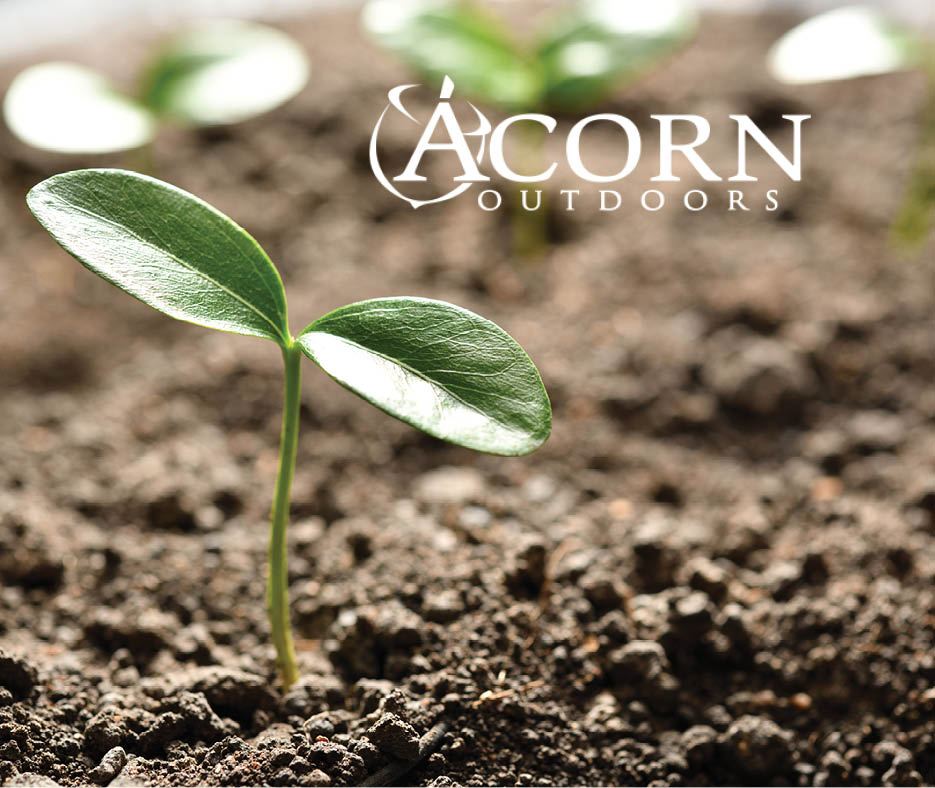
4 Benefits of Trees and Forestry on Your Property
If you are a property owner and contemplating how to get the most out of your property, have you considered forestry management?
There are many benefits of trees and forestry on your property. In order to maximize those benefits, contact a professional forestry company for a preliminary assessment.
Acorn Outdoors, a trusted forestry business, is a good example of a forestry company that provides numerous ways to maximize the benefits of your forested property: Forest Management Plan, Tax Management Plan, Wildlife Management Plan, Timber Management, Woodlands Management, Reforestation plan, in addition to timber sales assistance via timber cruising, timber valuation, timber marking, prescribed burning, and more.
Taking advantage of the benefits of trees and forestry on your property is more than just going out, digging holes, putting in seedlings, and hoping for the best. Professional foresters start from the literal ground up and begin by modifying the soil to make it compatible with the types of trees being planted.
There are many steps and different aspects of forestry management depending on what benefits you’re hoping for. Together, you and the professional forestry company will devise a management plan.
You’ll need to decide what your plan/goal for the property is (it could combine numerous ideas—build what’s best for you and what works best on the piece of property.)
Here’s a list of the benefits of trees and forestry on your property to help give an idea of how planting trees can benefit not just you but others as well.
1. Planting Trees Adds to the Real Estate Value
Recent studies by the Arbor Day Foundation show that if you have trees on your property, they increase the real estate value.
There are numerous reasons for this, which will be discussed further below.
If you’re hoping to one day sell your property for a profit, planting trees and creating a forestry management plan can be a relatively inexpensive way to increase the property value while also enjoying the benefits of the timbered land for the duration the property is in your possession.
2. Plant Trees for Timber Profitability
If you decide to work with your professional forester to create a timber management plan to plant and harvest a timber crop, it’s important to plant trees that have a higher market value. This is also determined by your property type and what grows best in that zone.
If you grow hardwood trees, the harvested product creates pulpwood, veneer, and other processed wood products. Meaning the timber value will also be determined by the market value of the final product.
Timber harvest values are also determined by you, the landowner, in terms of whether you see it as a long- or short-term investment. Smaller trees generally mean less profit when it comes to how the value is calculated. However, you’ll have the money in hand sooner. The fact is, timber harvests can be something of a long-term investment. This makes them a valuable asset for future generations.
3. Increase Wildlife Habitat
Forestry for wildlife habitats can have multiple benefits for the landowner.
If you’re managing for the sake of conservation or for hunting purposes, the type of forestry management plan will be determined by your land and what trees/animal species flourish best in that environment. Professional foresters are necessary to make these determinations.
For example, certain bird species, such as grouse or quail, need young stands of trees mixed with grasslands to provide the proper forage to flourish.
Experienced foresters manage this type of land through multiple measures, depending on the land and forest type.
Thinning trees, controlled burns, and even the application of certain herbicides might be necessary to create the ideal forestry environment for wildlife.
4. Environmental Benefits of Trees
As we learned years ago in grade school, trees benefit the environment. Not only do they help improve air quality locally—but they also have a larger global impact.
Air quality is a going concern these days, even if you don’t live in an urban environment. According to the U.S. Department of Agriculture, one acre of forest can absorb six tons of carbon dioxide and creates four tons of oxygen.
Especially if you or someone in your family suffers from respiratory problems, you know the value of oxygen. Planting trees is an easy way to improve air quality for both your family and the land beyond.
Other benefits of forestry on your property include making the land more beautiful, creating a recreational environment for hiking/biking, helping prevent soil erosion, and improving water quality.
With that long list of benefits, it’s a wonder more landowners don’t invest in forestry management.
Contact your local forestry company today and find out how trees and forestry can benefit your land.

